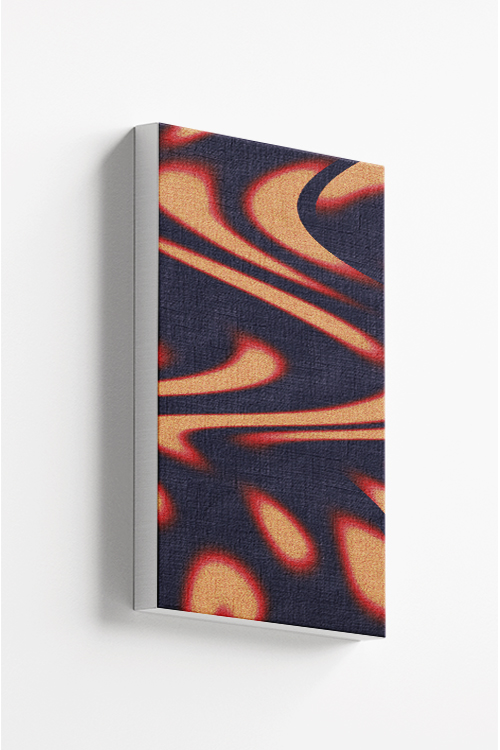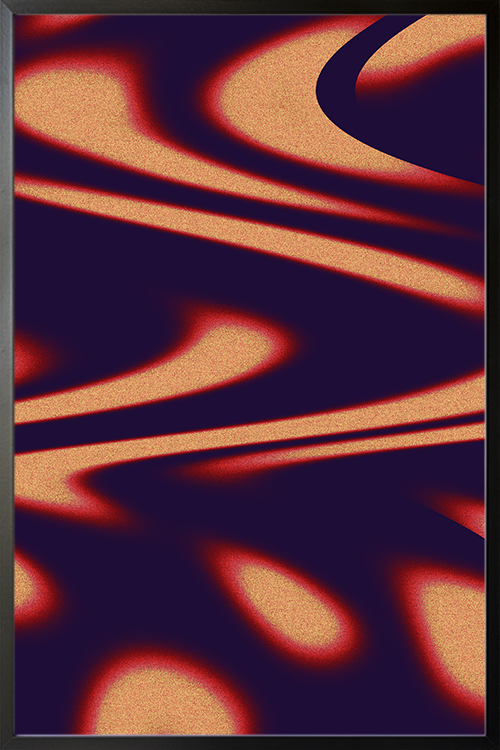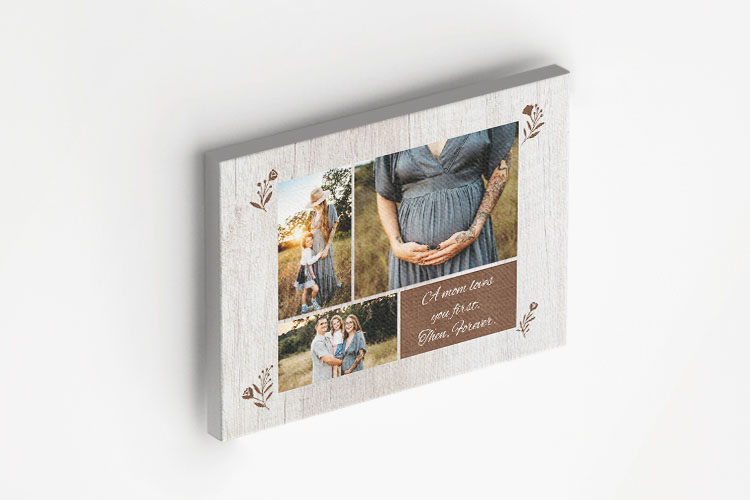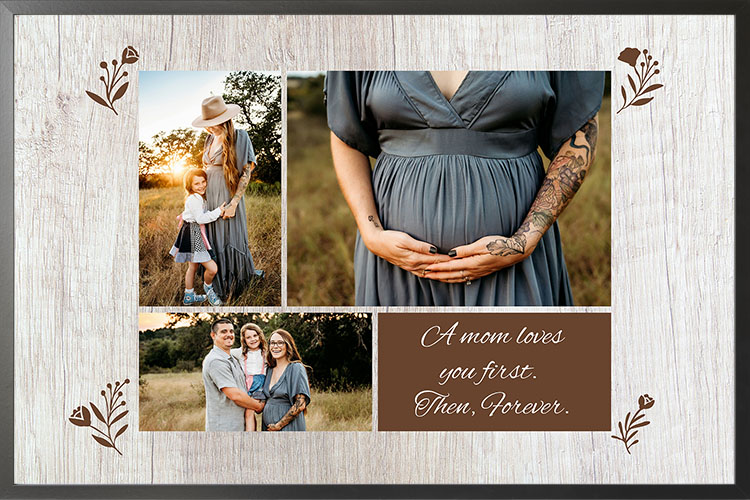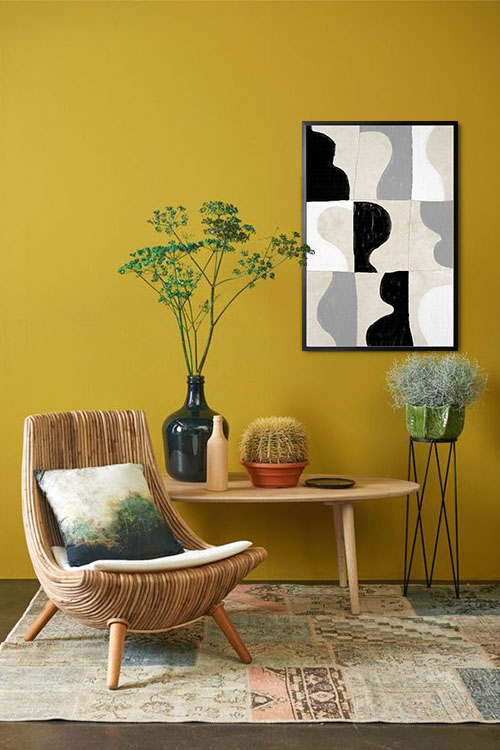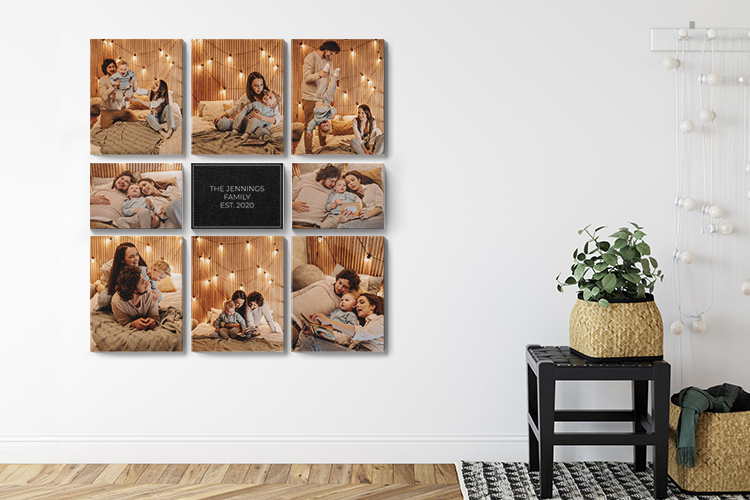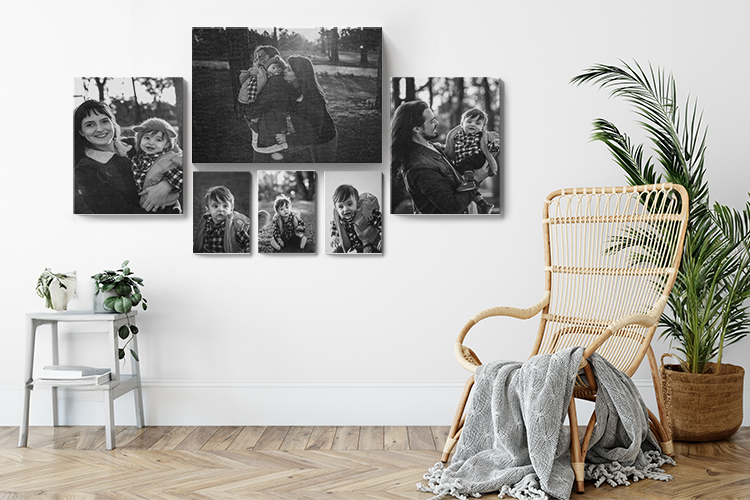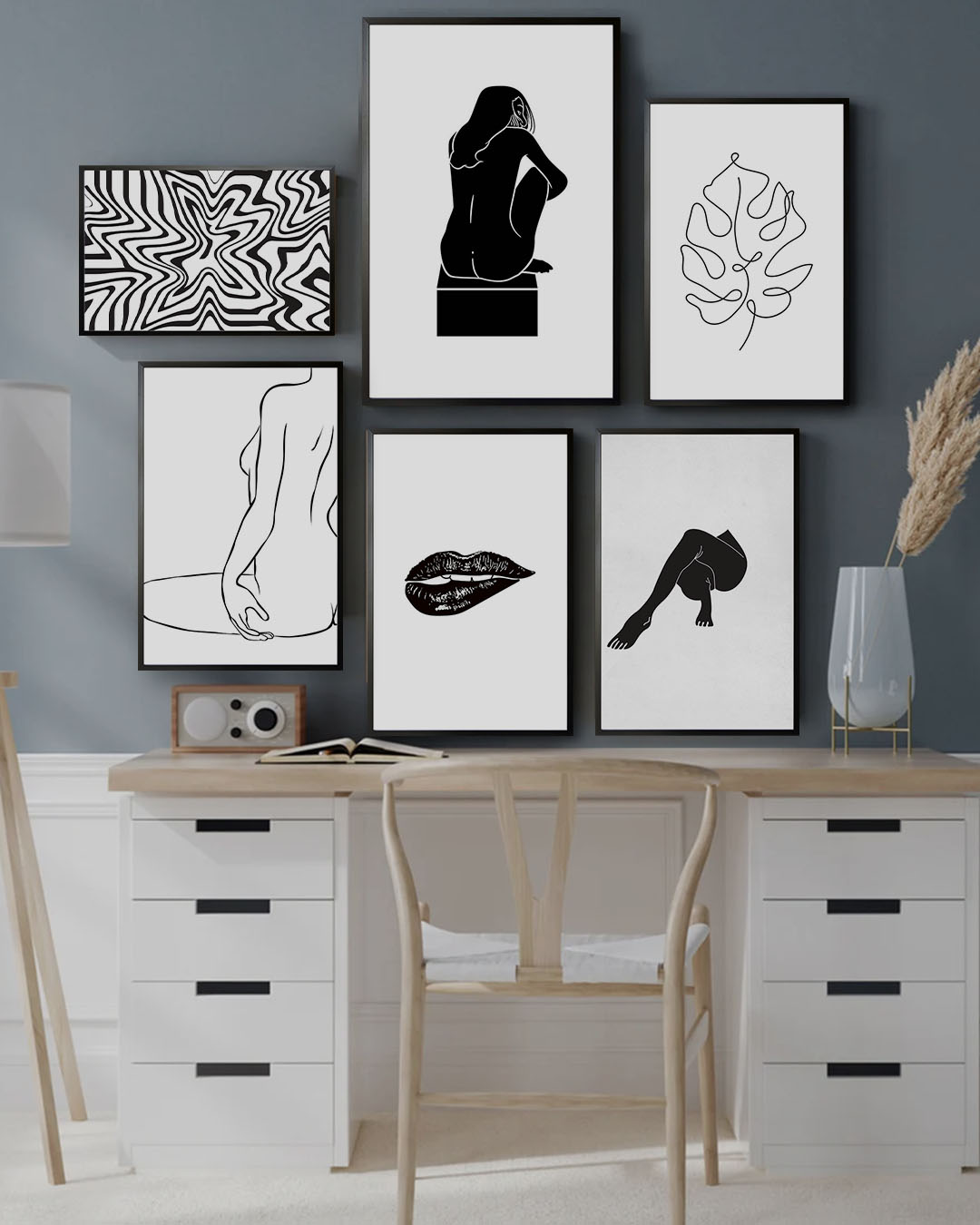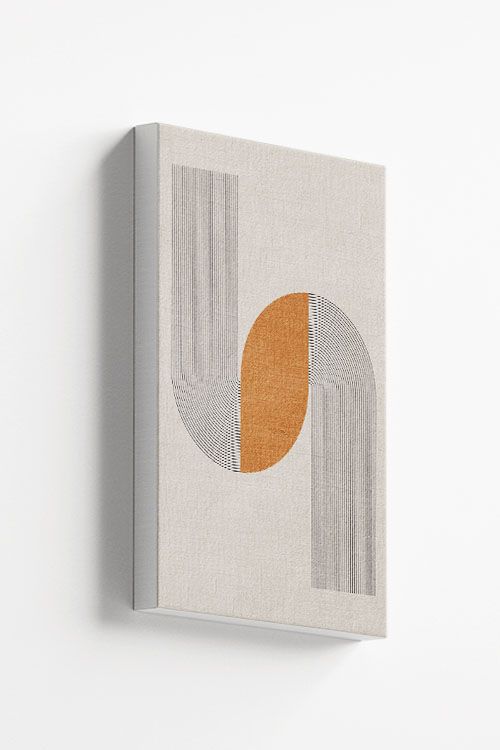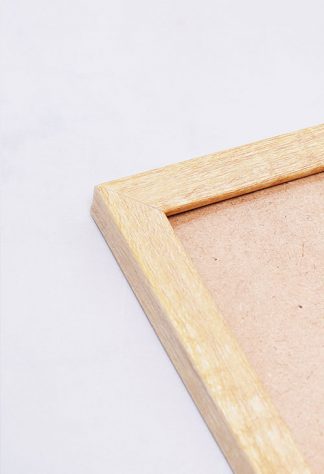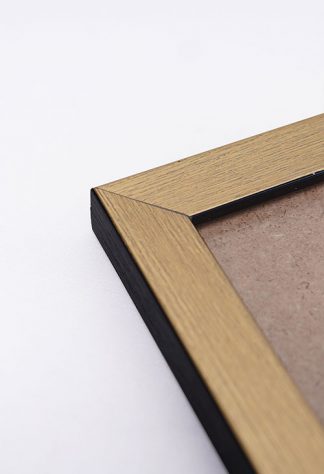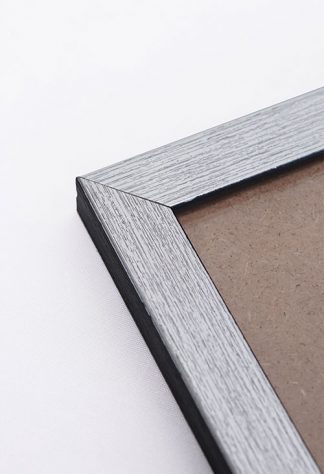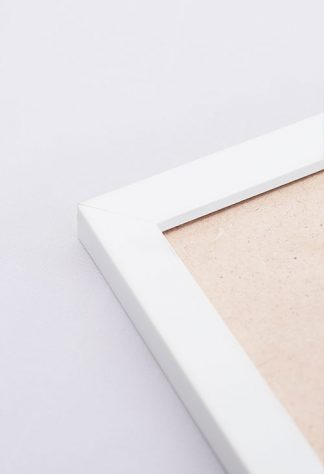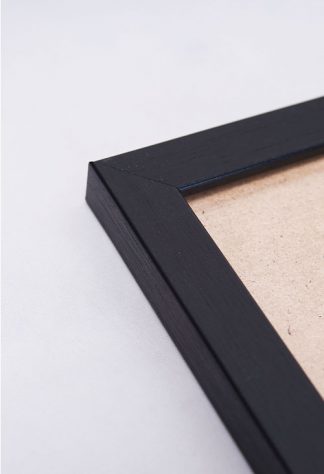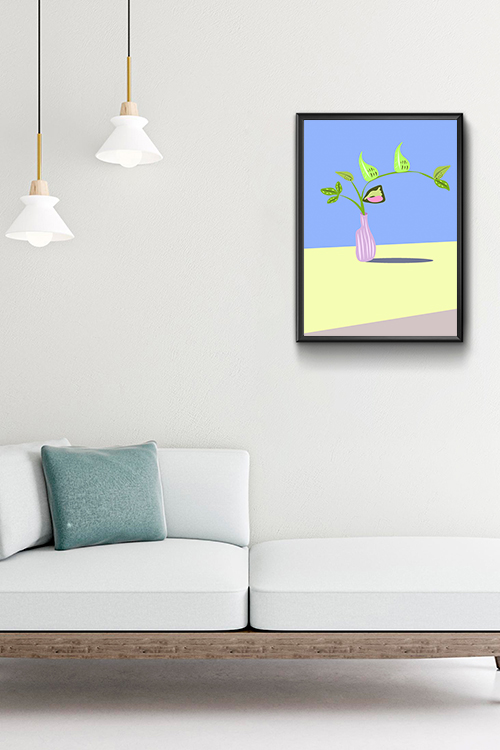
Decorating your home is fun for various reasons, bringing joy, creativity, and satisfaction. Here are some key reasons why people find home decorating enjoyable:
- Creative Expression: Decorating allows you to express your style and creativity. You can experiment with colors, textures, and designs to create a space that reflects your personality and preferences.
- Sense of Achievement: Completing a decorating project, whether painting a room, arranging furniture, or adding finishing touches, brings a sense of accomplishment. Seeing your vision come to life can be incredibly rewarding.
- Personalized Space: Transforming your living space into one uniquely yours makes your home feel more comfortable and inviting. Personalizing your environment can improve your mood and overall well-being.
- Fun and Playful: Selecting items, arranging furniture, and adding decorative elements can be playful and enjoyable. It’s an opportunity to explore different styles and trends without any pressure.
- Improving Functionality: Decorating isn’t just about aesthetics; it’s also about making your home more functional and efficient. Rearranging furniture or adding storage solutions can enhance the usability of your space.
- Creating Ambiance: Decorating allows you to set the mood and atmosphere of your home. Whether you want a cozy, relaxing space or a vibrant, energetic environment, your choices in decor can help achieve that ambiance.
- Bonding Activity: Decorating can be a fun activity to do with family or friends. Collaborating on a project can strengthen relationships and create lasting memories.
- Stress Relief: Engaging in a hands-on, creative activity like decorating can be a great way to unwind and de-stress. It provides a break from the usual routine and lets you focus on something enjoyable and productive.
- Staying Updated: Home decor trends change over time, and decorating allows you to stay current with new styles and innovations. It keeps your home feeling fresh and modern.
- Pride in Your Home: A well-decorated home instills a sense of pride and joy. It becomes a place you’re excited to share with guests and take pride in maintaining.
Overall, decorating your home combines creativity, practicality, and personal satisfaction, making it fun and fulfilling.
